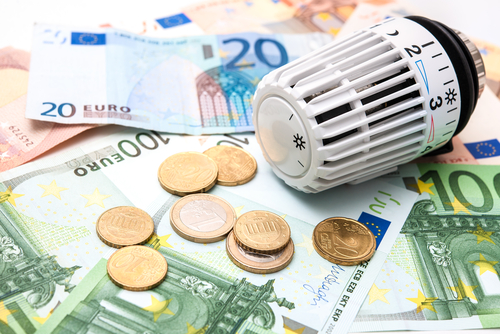Electricity Market Design.
Belgium, (Brussels Morning Newspaper) The ongoing negotiation on the Electricity Market Design (EMD) reform is, perhaps, one of the last big files in the current European legislature. It is the missing link in the complex legal architecture of Fit-for-55, in which most of our ambitions for a transition to a carbon neutral economy are anchored.
If we were to summarize the EMD reform in a single goal, this would be to make the energy bills of consumers and businesses less dependent on short-term price fluctuations.
The turbulence that we have experienced in the energy markets, especially after Russia’s military aggression on Ukraine, is something that we do not want to see repeated in the future, and the only way to ensure it will not happen again is to act now and to act decisively. Ensuring Europe’s long-term access to clean and affordable energy, while reducing its dependence on individual foreign suppliers. Especially on those that have been proven unreliable.
At the same time, we do not want to create further disruptions to a market that, under normal circumstances, before the recent crisis, was functioning well. The temptation to overregulate, as a response to an unusual context, can be as dangerous as failing to act. One of my goals, as the EPP’s negotiator on this file, is to give a market-oriented signal, while strengthening the security of supply and placing consumers at the centre of all our actions.
The European Commission’s proposal is a good and balanced basis for the negotiations, which are proceeding at a fast pace. It supports the use of more long-term instruments, such as Power Purchase Agreements (PPAs) and Contracts for Differences (CfDs) and it improves the integration and liquidity in forward markets. It improves consumer’s protection and empowerment, by offering more fixed-price contracts and incentivising solutions such as energy communities, self-consumption and energy sharing. It also enhances flexibility solutions such as demand/response and storage.
That is not to say that no improvements are needed. There are, especially in terms of strengthening the conditions for investments, both in transmission and distribution, including cross border interconnectors, and in terms of strengthening the European Energy Internal Market, while taking into consideration the specificities of Member-States and regions.
However, the main challenge, as far as negotiations go, is the chapter regarding crises. Especially the amendments introduced by the S&D rapporteur, MEP Cazares, contemplating the introduction of a cap on market revenues from inframarginal technologies.
This is something that will require a strong effort by all parts during the negotiations because, as the proposal stands, it will not be supported by the EPP.
Inframarginal technologies, for those who are not familiar with the concept, are technologies that do not rely on fossil fuels for the production of electricity. The reasoning behind the idea of introducing this cap is based on a fact: producers that use these technologies were not as affected by the fluctuations in gas prices, thus profiting more from the increases in energy prices. However, there are other facts that must be considered.
These technologies are, mostly, renewables, which incidentally are the ones we are trying to foster as an alternative to their polluting counterparts. Limiting the margins for those that invest in them would be a step very difficult to explain. Moreover, it would actually create a sort of artificial level-playing field between renewables and electricity production based on fossil fuels. This is not, in my view, the way to protect our environment, our consumers, our businesses and our economies.



